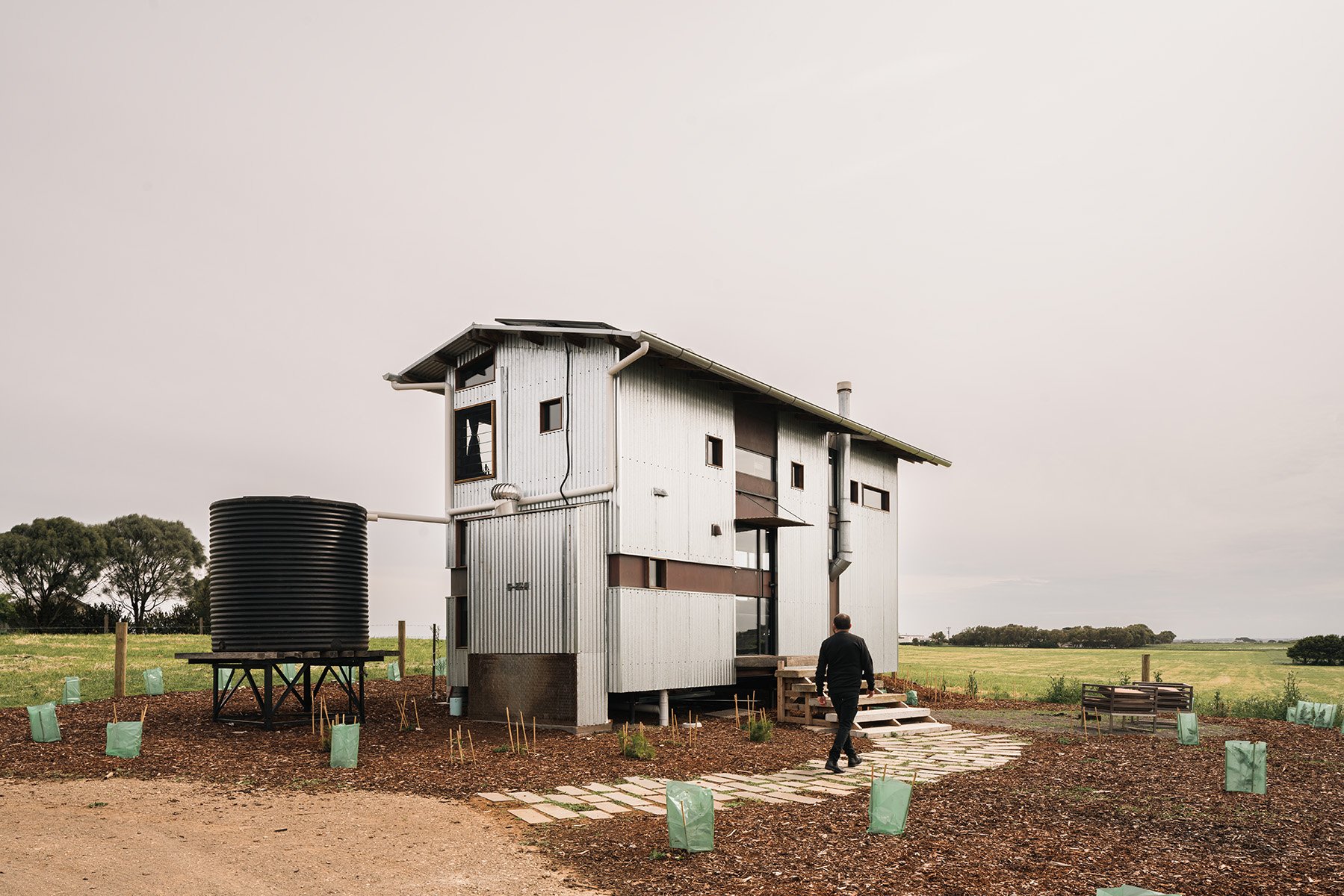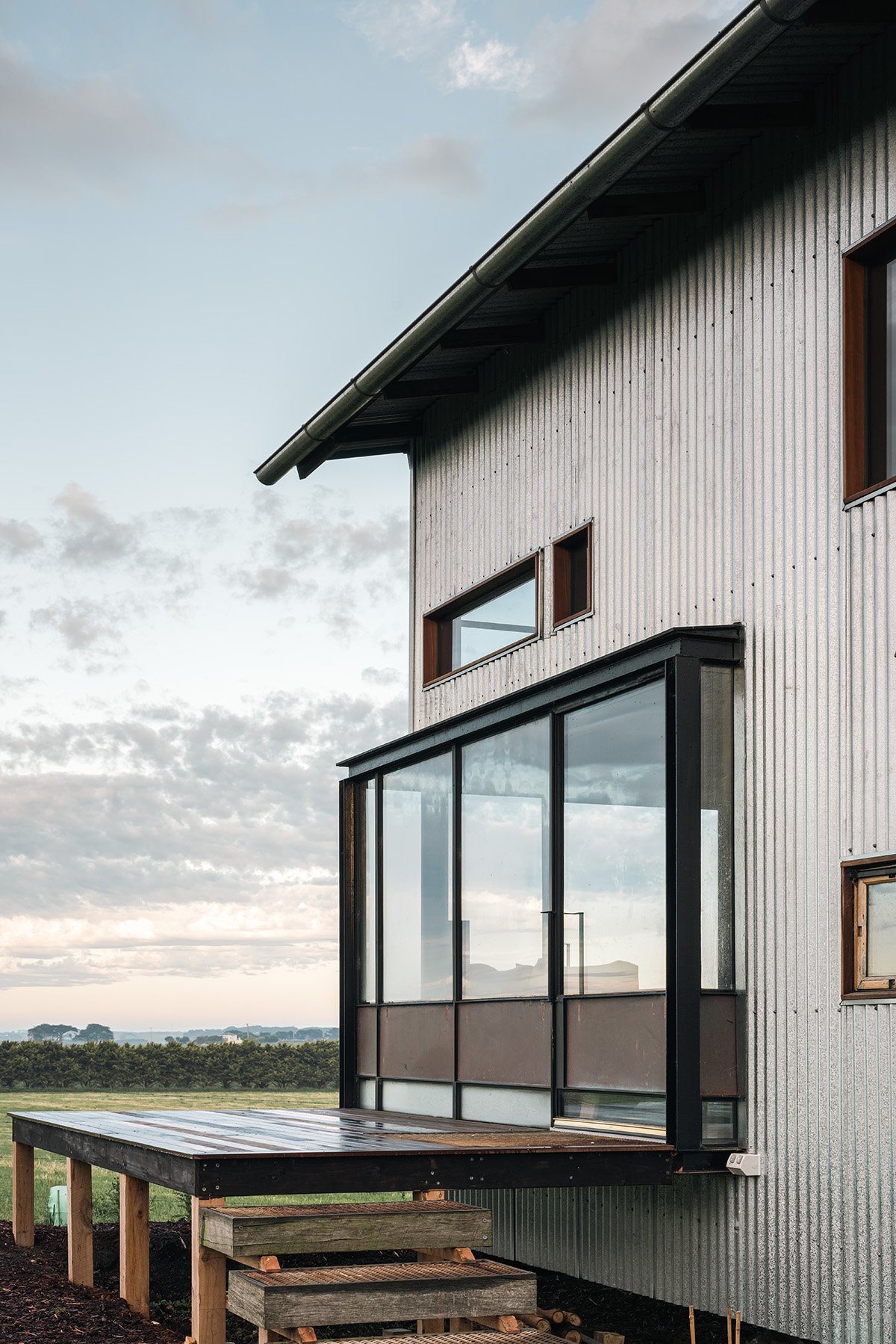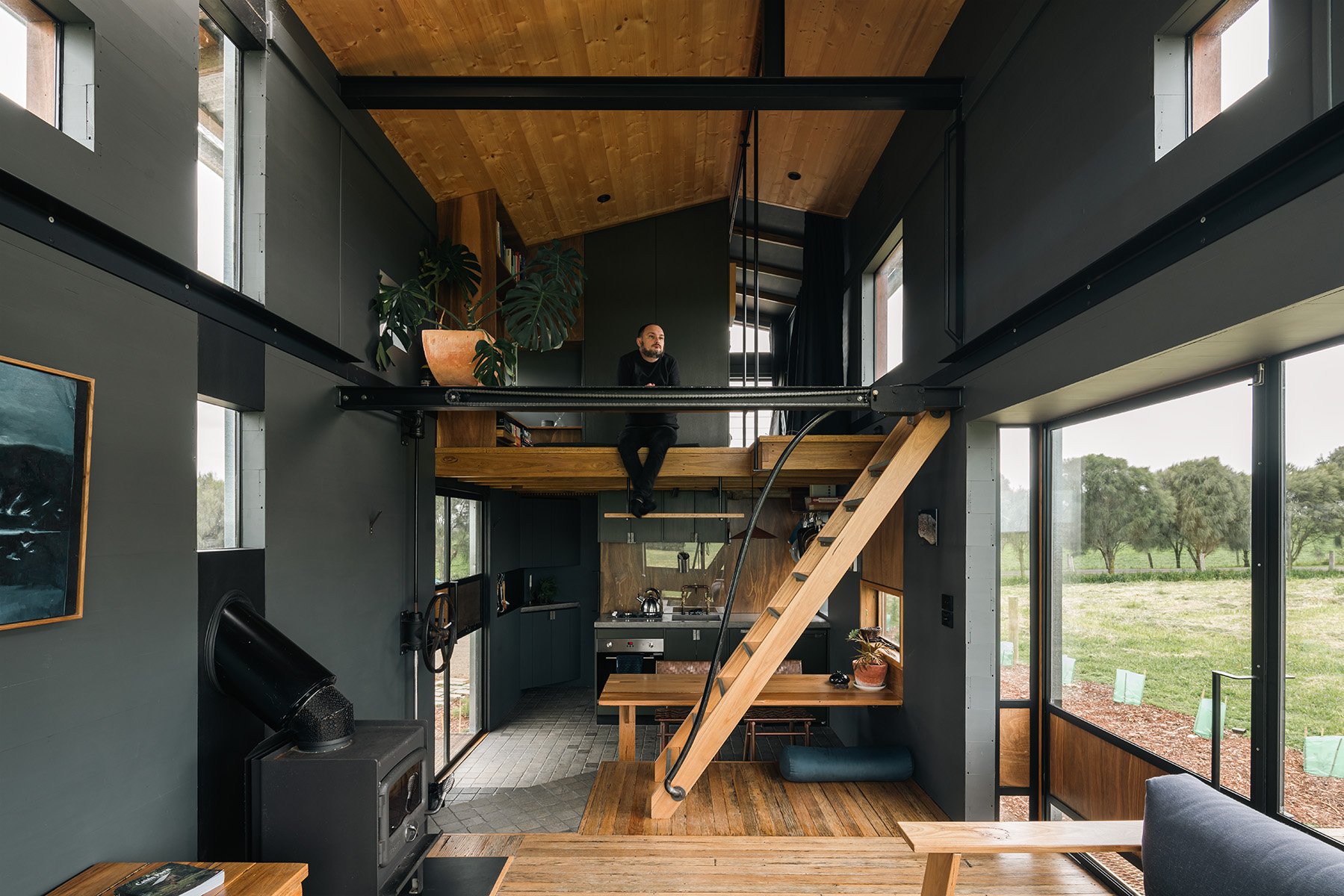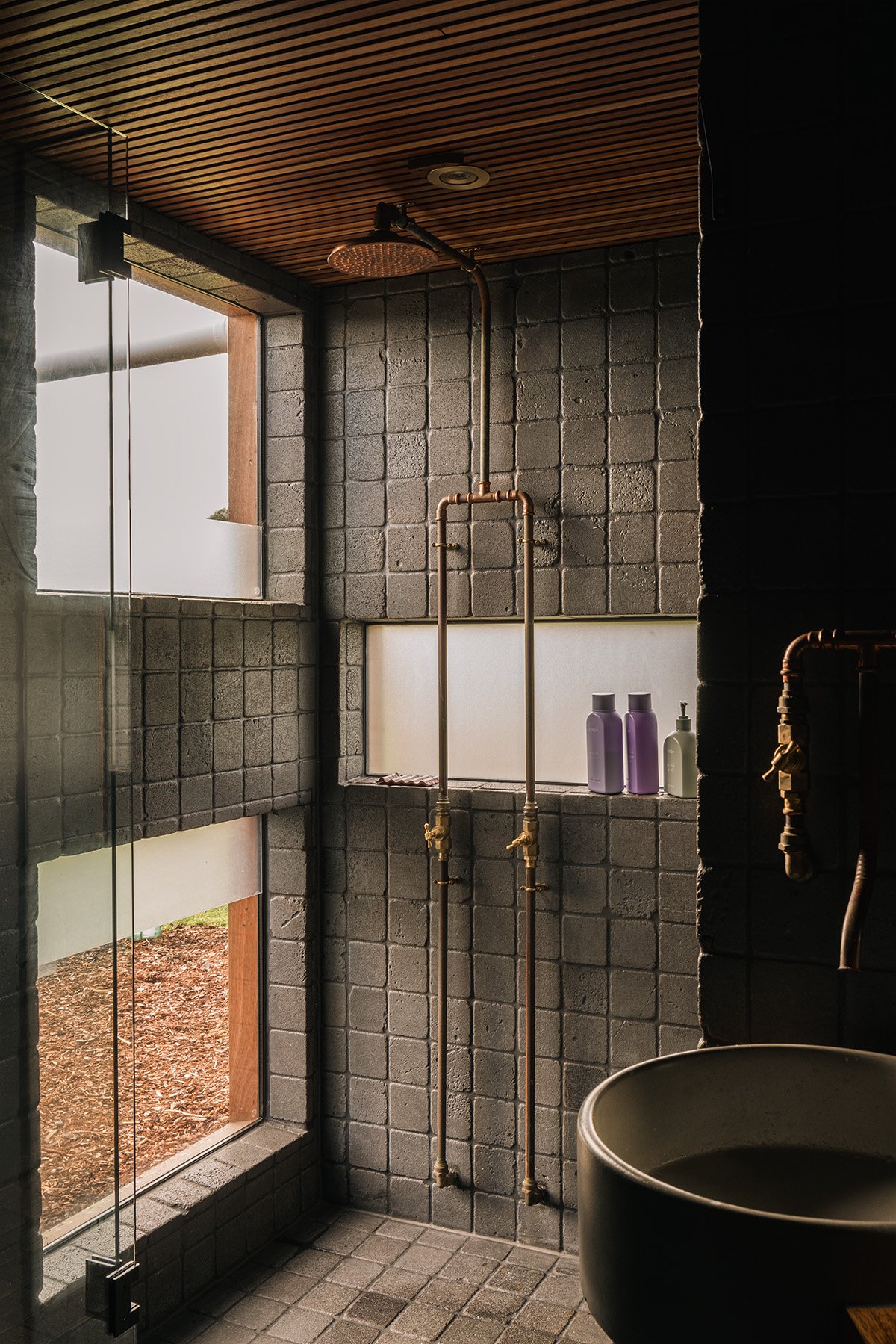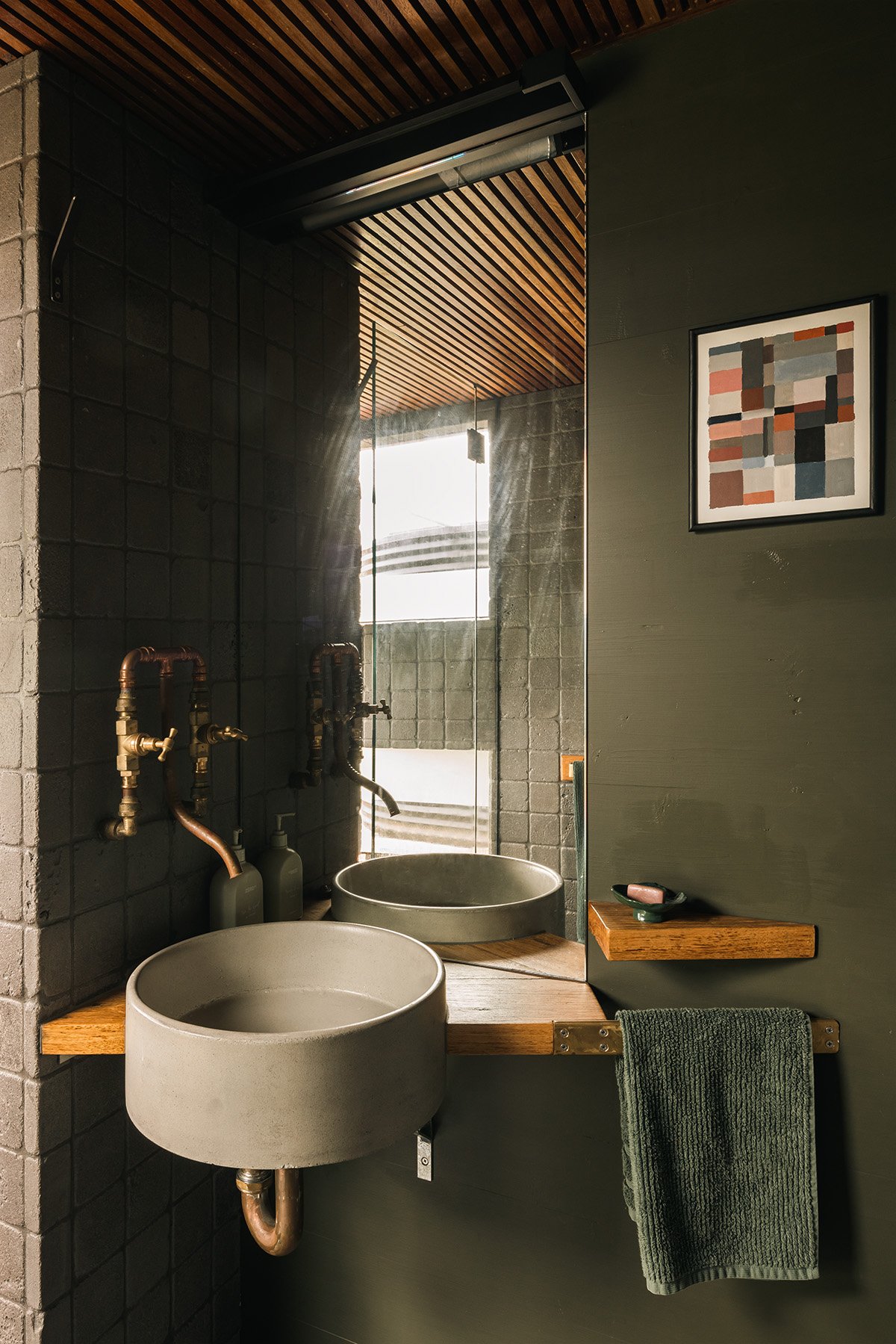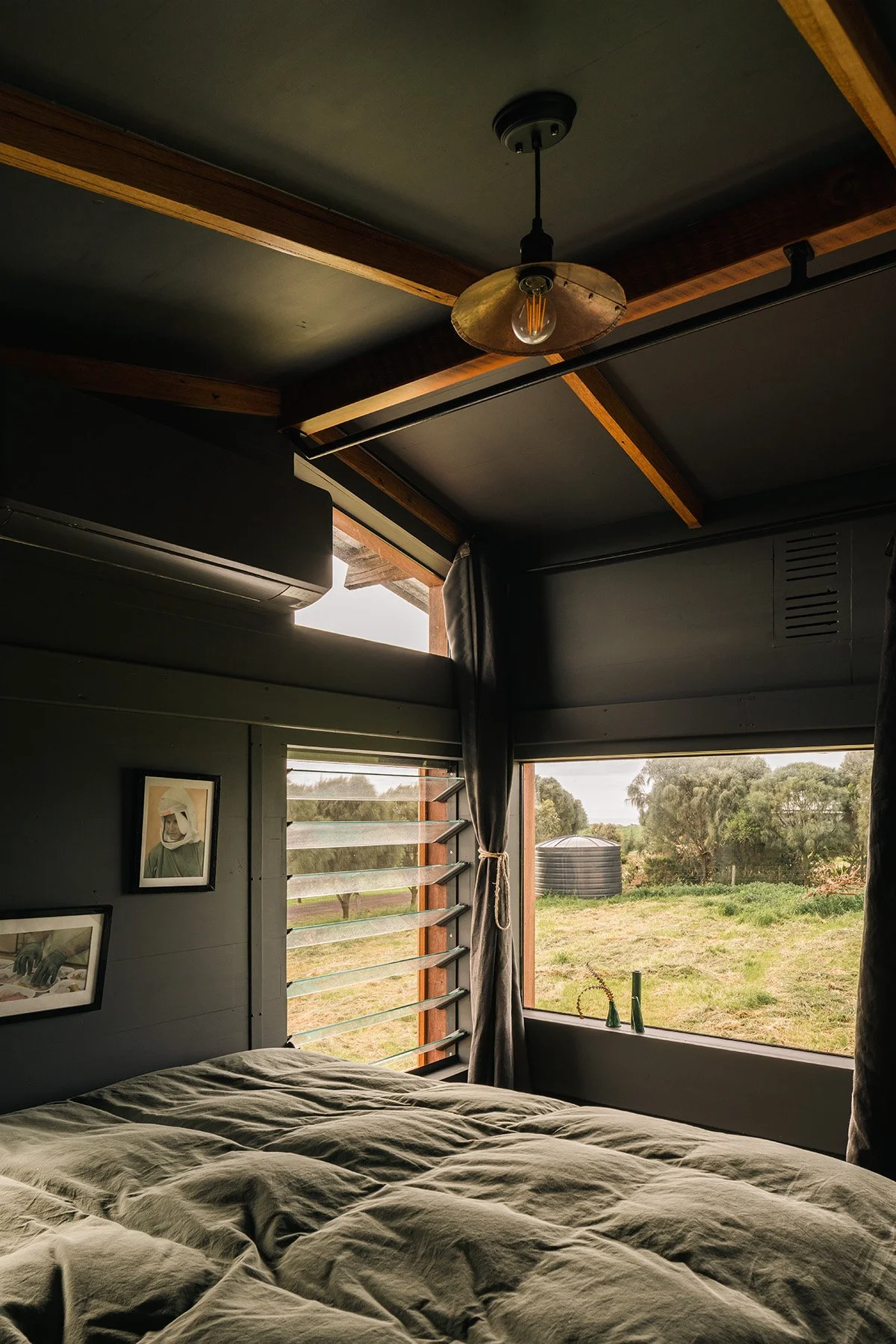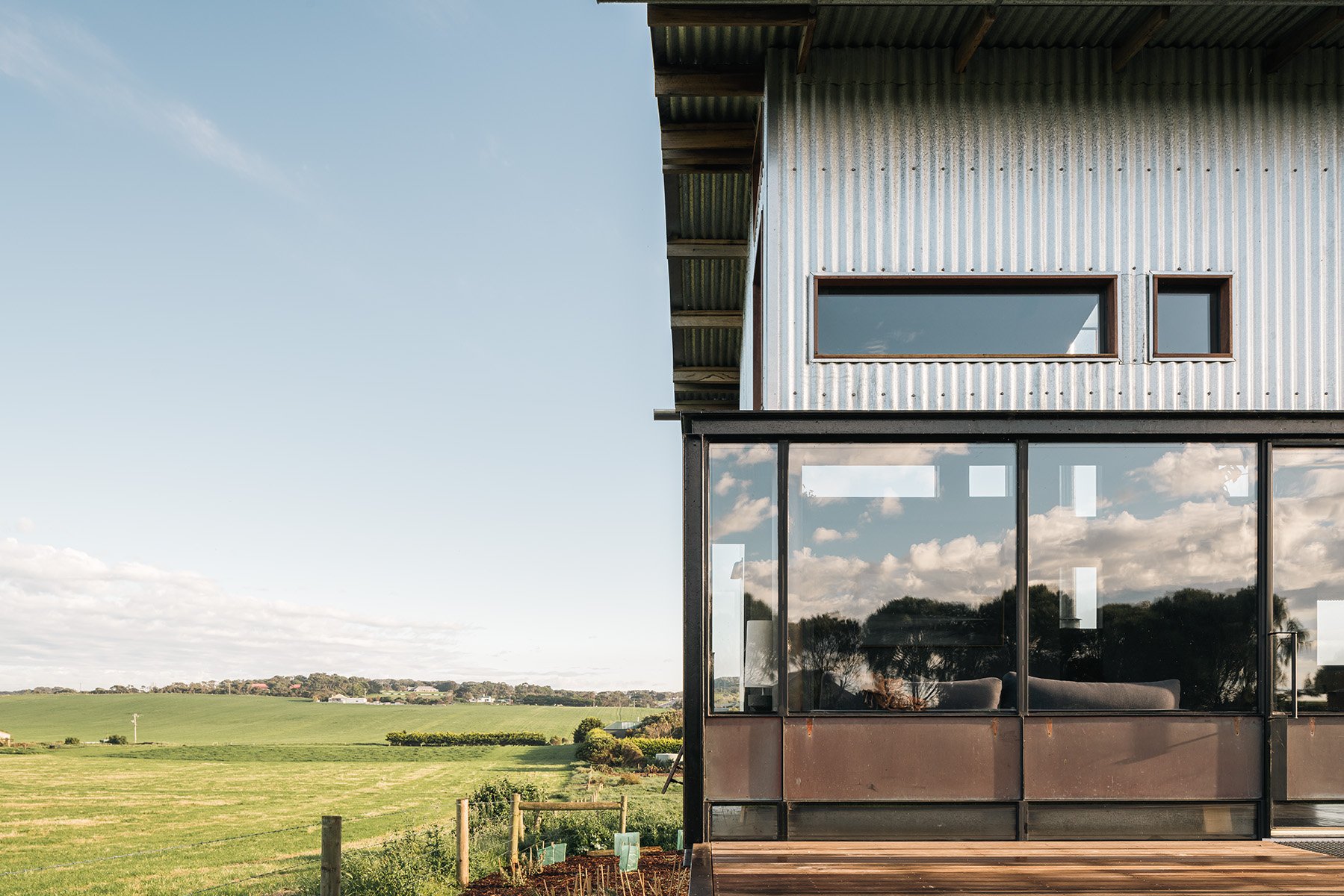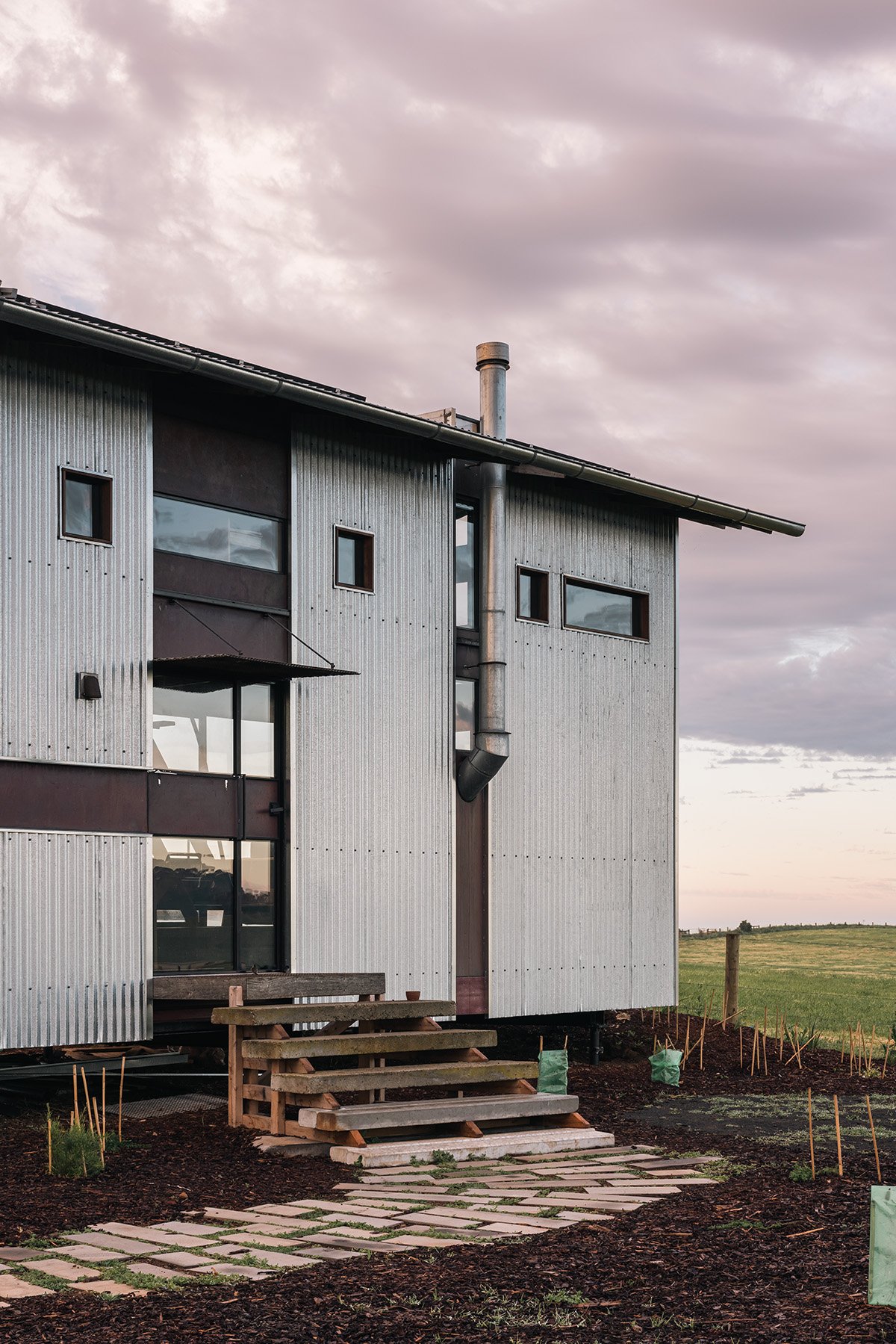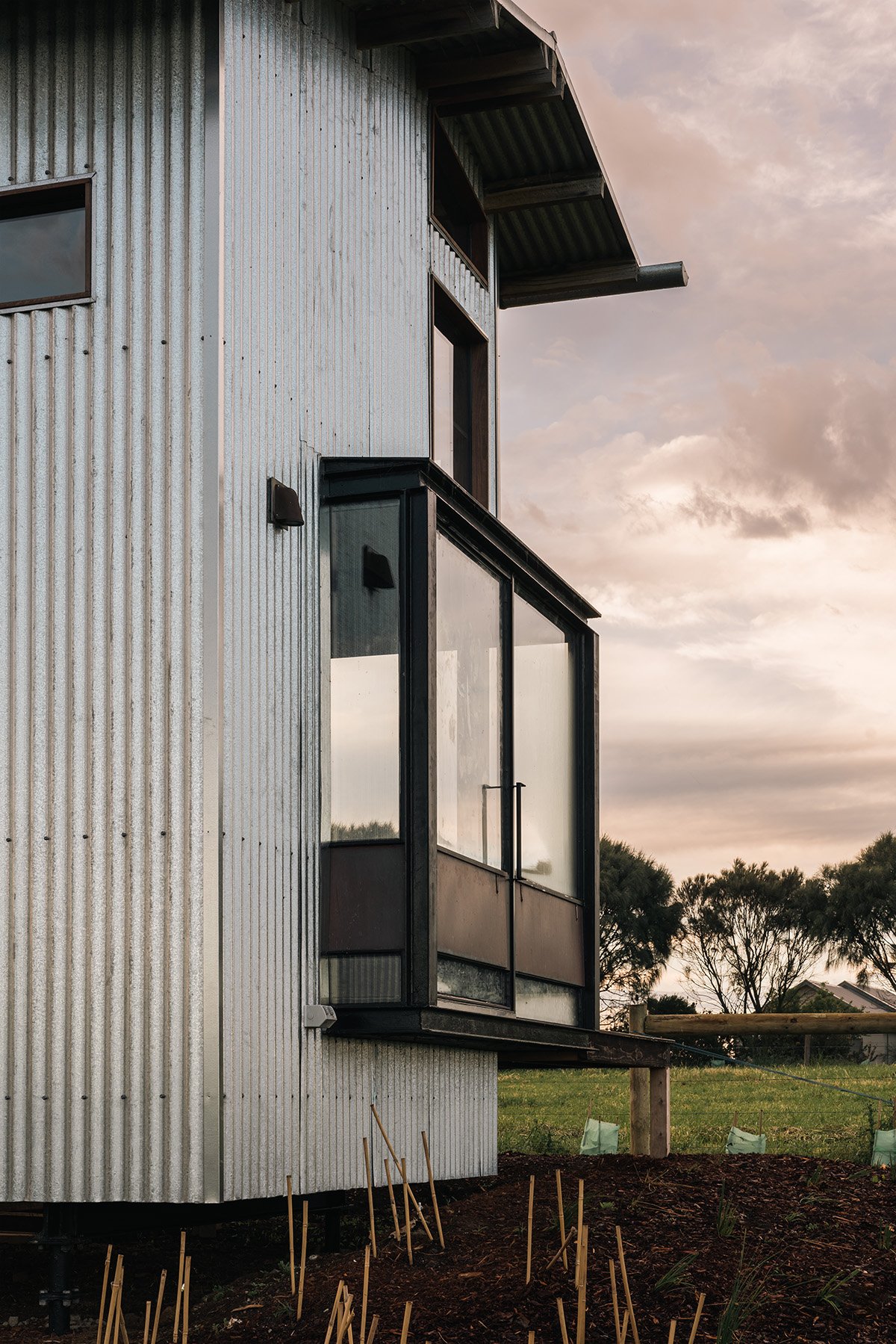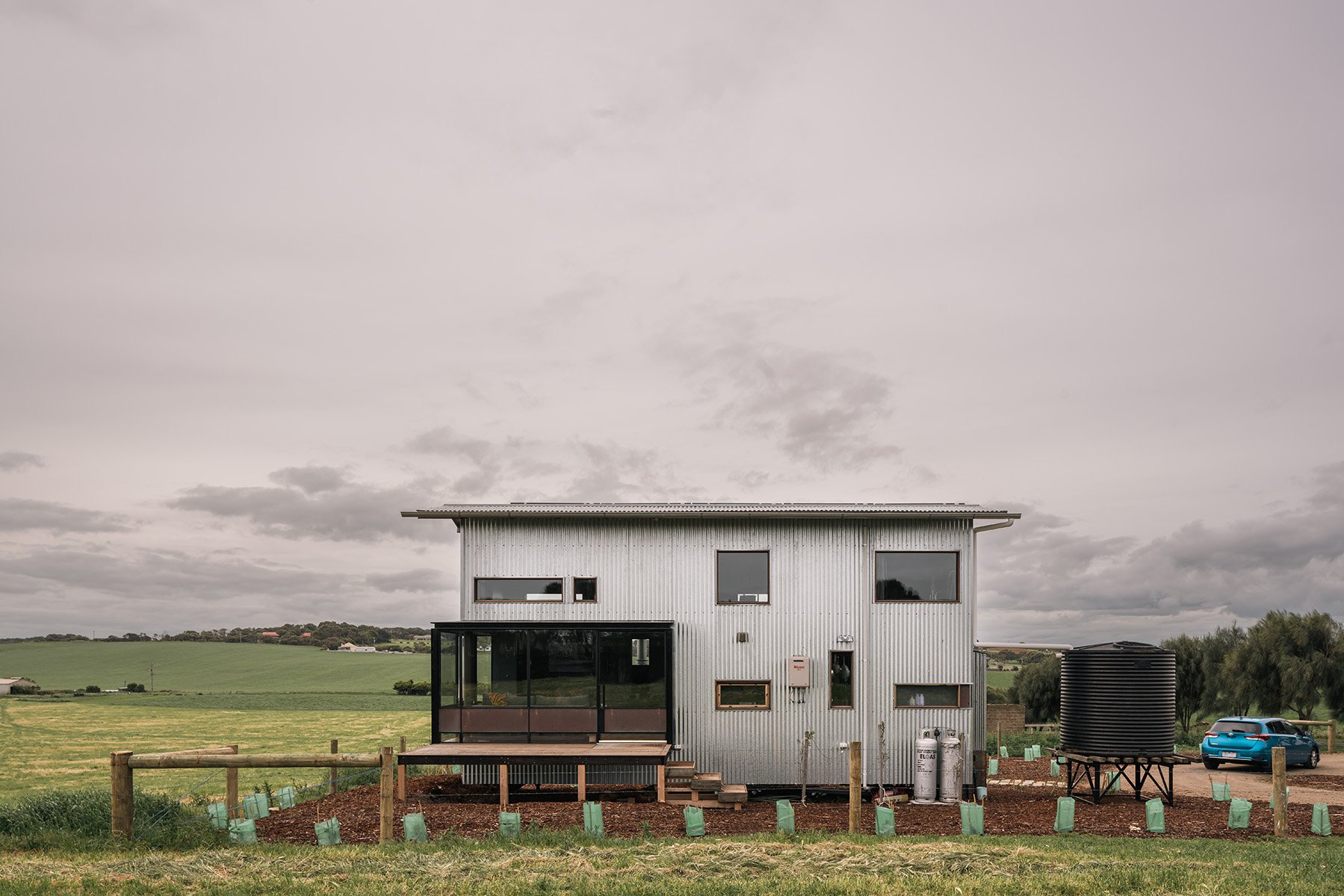How This Pre-fab Tiny Home Shows That Less Can Be More
There is a misconception when it comes to housing, that bigger is better, where too often, floor area is favoured over quality and sustainability. However, this off-grid tiny house situated in the rolling hills of Illowa proves that less can be more.
The Cutting is a collaboration between Nick Lane, Director of Small Not Tiny, and Aaron Shields, Director of Ample. Both Nick and Aaron recognise the challenges that face housing today, and look to address these through their own tiny home design.
Building less is one of the most effective ways to reduce your environmental impact. The Cutting is six times smaller than the average Australian home, which lowers not only your energy requirements to run the house, but also the materials needed.
"If you reduce the size of the house, you're reducing the material needed, affecting the environmental impact." says Nick.
What makes The Cutting different from a lot of other tiny houses is its ability to not feel tiny. It features a five-metre-high ceiling, allowing for two full-height levels, and a spacious living area. Having such a tall building would impede its transportability, however, through clever engineering, the roof can collapse down in itself while travelling and rewound up to full height once at the site.
The use of reclaimed and recycled materials were important to Nick and Aaron. "I've had an obsession with the reclaimed, the repurposed and the salvaged from a very young age," says Aaron, "I love the idea of choosing materials that most people thought were waste products and showing that it's actually got this inherent beauty and this look and finish and feel that can only be achieved through the passing of time."
The Cutting uses salvaged timber hardwoods, bluestone, steel, concrete, and baltic pine. These materials provide a texture and warmth that is difficult to achieve with a brand-new interior with smooth materials.
Being off-grid allows the tiny home to sit in any landscape without the need to connect to mains. It generates its own electricty through the solar panel, battery and inverter system. Water is stored in a 7,500L water tank, and gas is supplied through tanks. It has also been passively designed to take advantage of cooling breezes, with panels that can open out.
Nick was inspired by Robin Boyd's Small Homes Services, wanting good architecture to be accessible to everyone. "It seems as if architecture is just a privilege that only the rich can afford to enjoy," says Nick, "so I think why not borrow from Robin's idea and create a more accessible, smaller home version?"
You can stay at The Cutting.
Designed by Small Not Tiny and Ample, built by Ample.
Videography, photography and words by Anthony Richardson.
